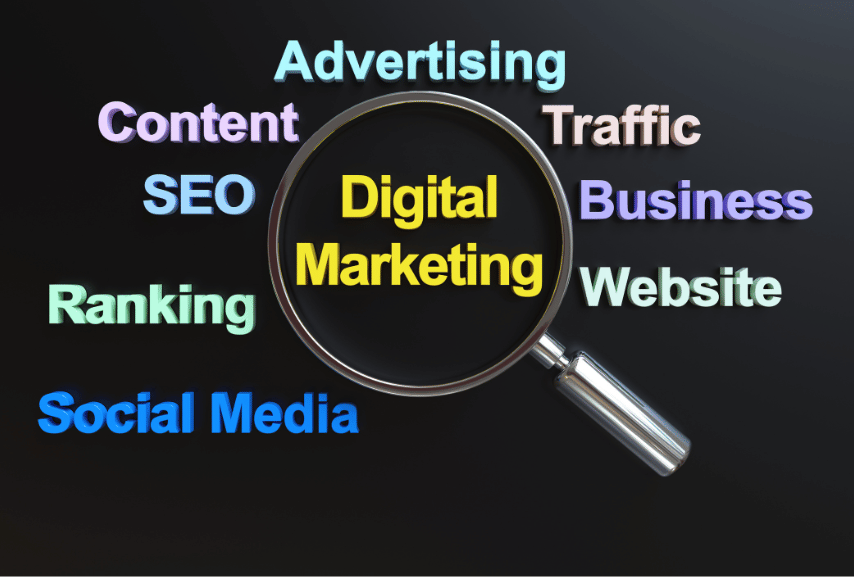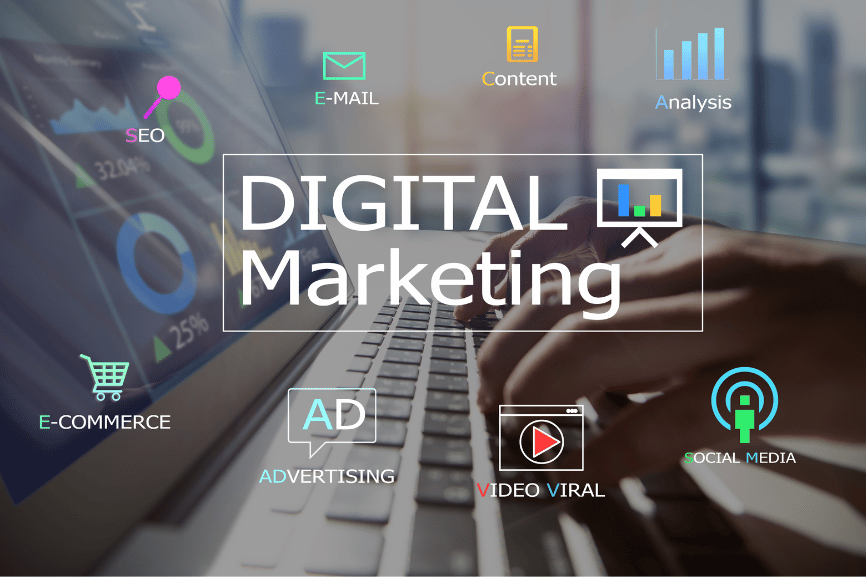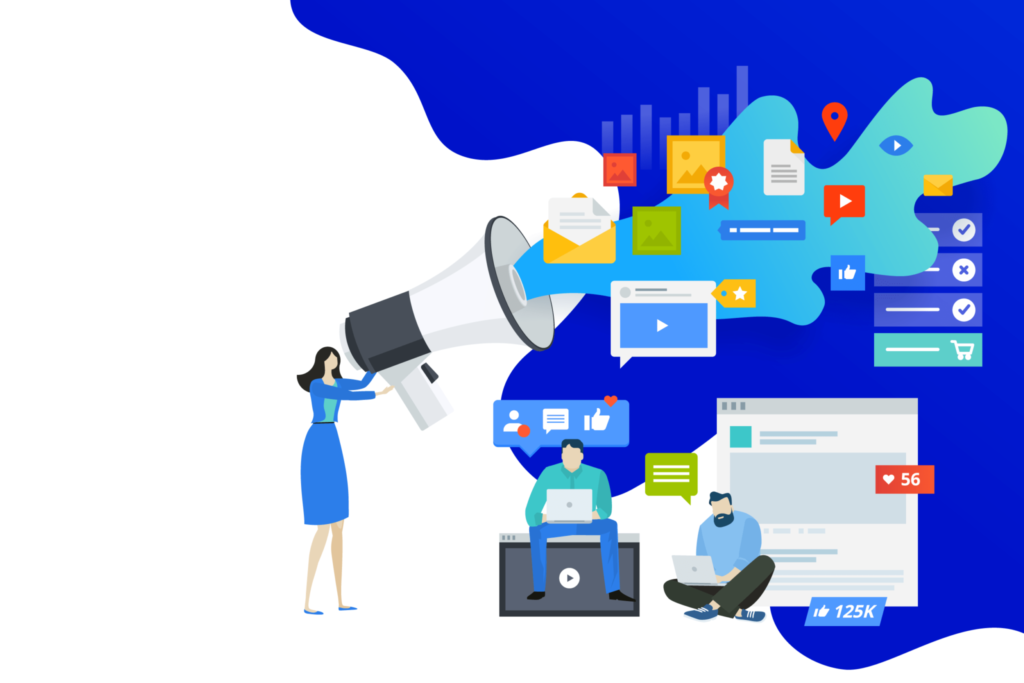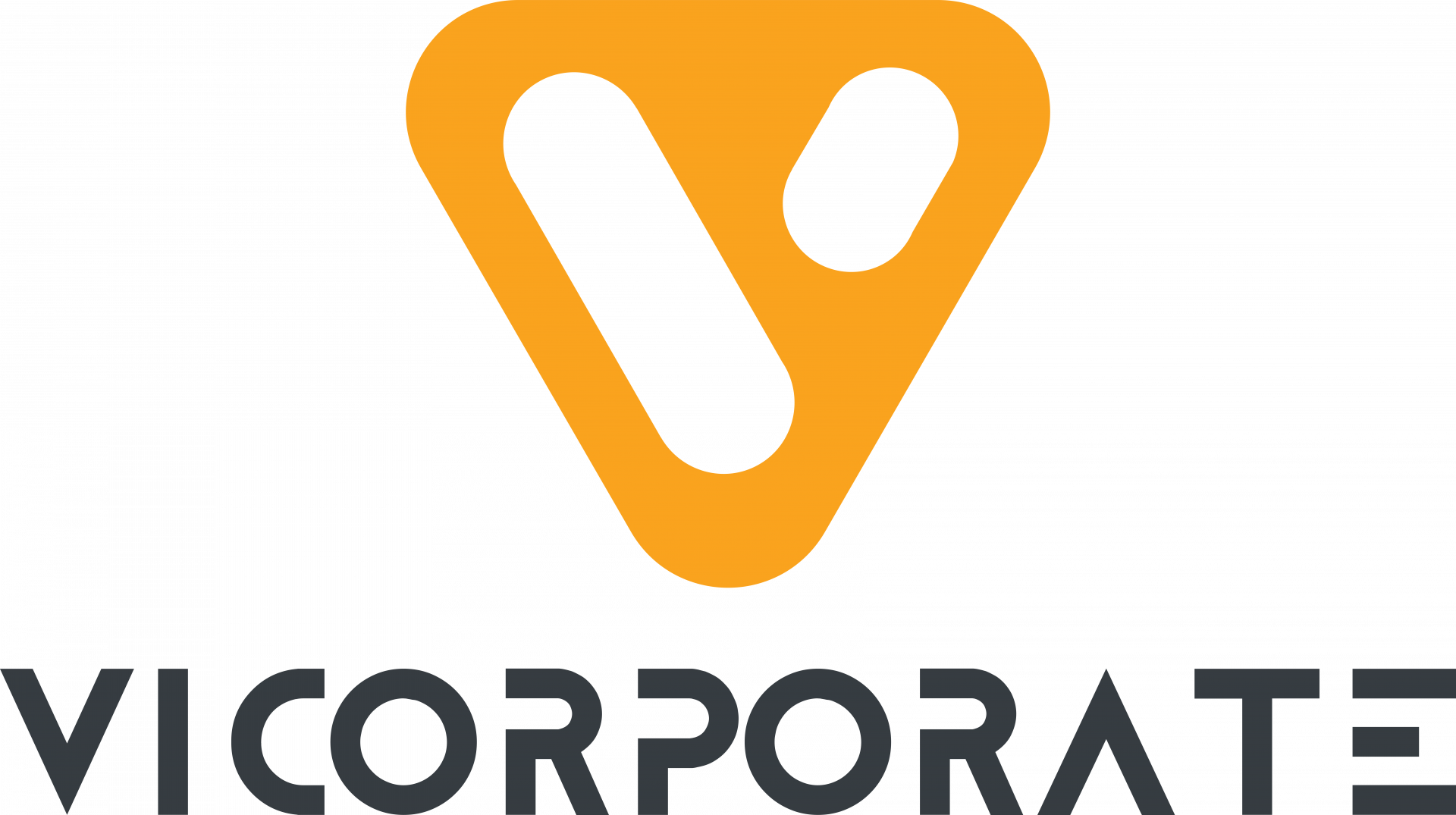How to choose the right digital marketing company for your business ?
Expertise that makes waves: Look for a digital marketing company with a proven track record of driving exceptional results through their SEO strategies and captivating blog content. Ride the wave of their expertise to make your brand stand out in the digital realm. Unleash the power of SEO: Harness the potential of search engine optimization […]
How to choose the right digital marketing company for your business ? Read More »











